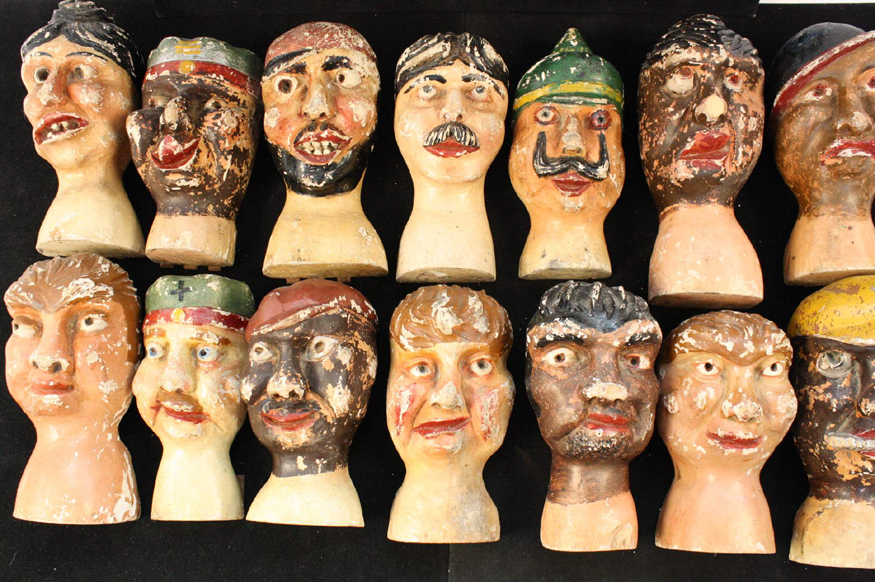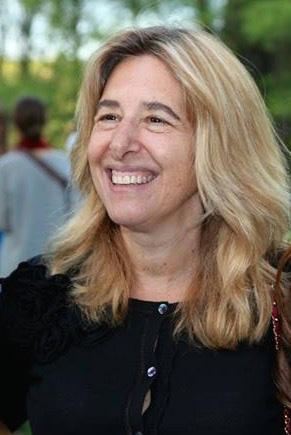Pam Stone’s nonprofit business, The Benefit Shop, in Bedford, N.Y., has become known as the “secret source” for some of the best interior designers in Westchester (N.Y.) and Fairfield (Conn.) Counties. The model is this: The 501(c)(3) firm receives donations from upscale area estates and presents them in live and Internet auctions. The consignor gets a tax deduction, the buyer gets a great deal and nonprofits in the community get the money. Antiques and The Arts Weekly spoke to Stone, a Wall Street “refugee,” about what went into creating her two-year-old brainchild that does good at the same time it does business.
What did you do on Wall Street for 20 years and what was the impetus to make a big career change to found The Benefit Shop?
I went to Wharton business school and when I graduated in the 1980s, I really wanted to work on Wall Street. It was exciting to me. I love that — the adrenalin, excitement, the projects, the whole entrepreneurial aspect. I was with a couple of different firms. At the last firm I was with, I was there about 18 years. I became a partner pretty quickly and it was a small, growing, technology-oriented investment bank. I felt like I got to enjoy the growth ride. And I think it gave me very strong business foundation.
So why did you leave?
You know how some people play golf to relax on weekends? My relaxation — and I lived in the city then — was going to antiques shows, antiques shops. Soon I started going to consignment shops. Thrift shops were really just getting started in New York. Housing Works was the first one I became familiar with. I thought it was such a great thing, so wonderful that people could recycle, the items could pass and the money went to a great cause. So as Wall Street kind of rolled over in 2009, I started thinking about “Chapter Two” because it wasn’t as much fun as it had been. As I starting thinking about what I wanted to do, living in Westchester and having a new house, I started going to estate sales in my area. I appreciated the fact that we’re fortunate to be in an area with such diversity, ranging from prewar houses to sprawling gentleman’s farms. I really got to know the community in Fairfield and Westchester through these estate sales: You’ve got these six-bedroom houses, you have two days to sell everything in them, and the people are moving to Manhattan or Florida. “What happens with the 70 percent of the stuff that doesn’t sell?” I asked. “We don’t know,” they said, “We leave it up to the homeowner.”
You spotted an opportunity?
I started to ask some of the people I’d become more friendly with, “What would you think if I opened a thrift shop type of thing here and people were able to donate?” They said, “That would be awesome.” My next step, using my business background, was to look into this. I interviewed a lot of people, those in business, nonprofits, employees, customers and did a lot of research. What I found out was that the fastest-growing segment of the retail industry was thrift shopping. Later, I found that auctions were the most efficient way of moving merchandise.

Actor Harvey Fierstein was the winner of this set of 14 carnival shooting gallery heads from Tivoli Gardens Amusement Park in Copenhagen, Denmark, at one the firm’s auctions in June 2015. They dated to the mid-1800s and retained their attached hinges, allowing each head to fall back when struck. Courtesy of The Wall Street Journal.
What is the most interesting item ever sold at one of your auctions?
It would have to be when actor Harvey Fierstein was the winner of 14 carnival shooting gallery heads from Tivoli Gardens Amusement Park in Copenhagen, Denmark, at one our auctions in June 2015. The Tony Award-winning actor, producer and writer is an avid collector of carnival memorabilia, and for $2,250, he became the owner of the antique folk art-style heads. They dated to the mid-1800s and retained their attached hinges, allowing each head to fall back when struck. Fierstein told us that the heads are of varying weights, making it virtually impossible to shoot them all down. He laughed, saying, “Of course the game is rigged, it’s a carnival!”
What portion of your sales supports charities or nonprofit organizations.
We wrote 40 checks in November. We still give away all the profits. It’s analogous to any nonprofit organization having an event like an annual tag sale; it’s just raising revenue for a charitable foundation in another manner. The charitable component right now is 70 percent back to the consignor, 30 percent to the foundation. And while a portion of that goes to business expenses, the rest goes to charity. There is a list of the organizations we support on our website.
Obviously, although the original concept is yours, this is not a one-woman endeavor?
I couldn’t have done it without a great team — Cheri O’Reilly, Toni Liemer, Beth Romski, all volunteers — and two fantastic employees, Dan Constantine and Kristen Alexander.
-W.A. Demers


